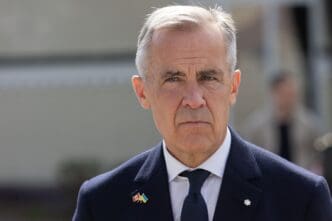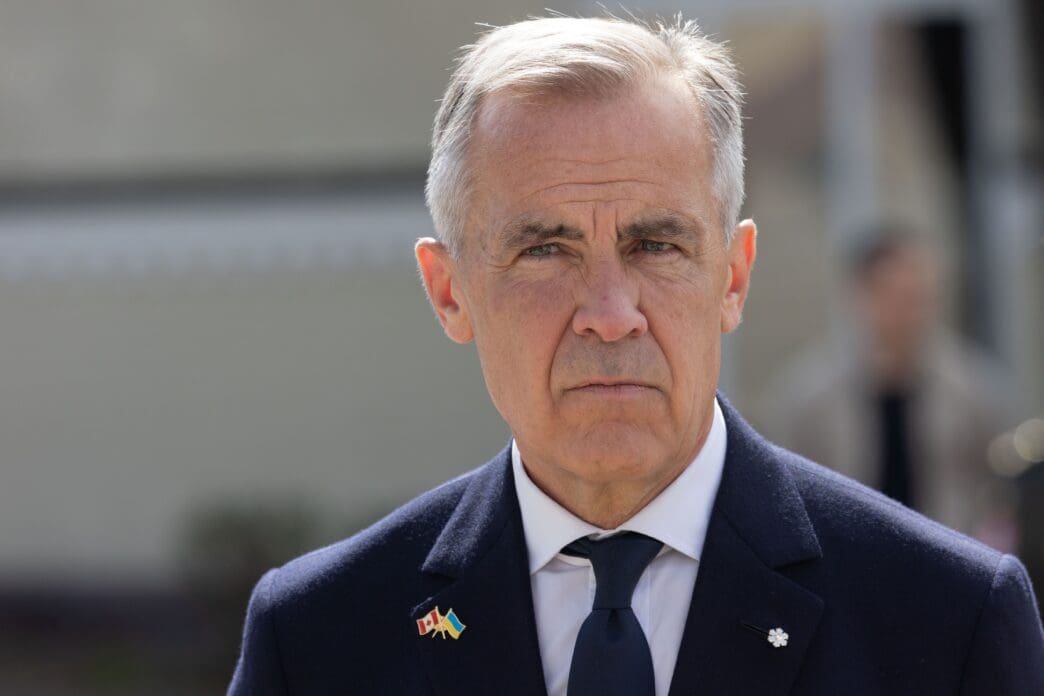Executive Summary
The Story So Far
Why This Matters
Who Thinks What?
After six months in office, Canadian Prime Minister Mark Carney is grappling with a sluggish economy and significant geopolitical headwinds, including persistent tariff disputes with both the United States and China. His administration has yet to secure a new economic relationship with the U.S., a key campaign promise, while simultaneously navigating a trade conflict with China, Canada’s second-largest trading partner.
Trade Tensions with the United States
Carney, who was elected in April on a platform emphasizing his ability to negotiate with President Donald Trump and guide Canada’s economy, has made concessions to the U.S. These include the removal of many retaliatory tariffs. The moves suggest Canada has limited leverage with the U.S., which accounts for nearly three-quarters of Canadian exports.
The U.S. tariffs have impacted Canada’s steel, aluminum, and auto sectors. While Canada has avoided a recession, some analysts caution that economic challenges could broaden in the coming months. Carney stated last week that further trade discussions with President Trump would largely shift to a future review of the trade agreement between the U.S., Canada, and Mexico.
Navigating China’s Economic Pressure
Concurrently, Canada is engaged in a trade dispute with China, which imposed import duties on Canadian canola in August. This action followed Canada’s decision last year to implement tariffs on Chinese electric vehicles. Canadian Trade Minister Maninder Sidhu is anticipated to travel to China in November to address these tensions.
The situation presents a complex dilemma for Canada, with geopolitical advisor Michael Kovrig noting that “Canada is living in the land of bad options.” He suggested that capitulating to China to offset U.S. pressure could be precarious, especially given Canadian officials’ conclusions last year that China interfered in at least two federal elections.
Domestic Policy Challenges and Public Opinion
Domestically, Carney’s minority government has faced criticism from within his Liberal party’s progressive wing. Policies have drawn ire from migrant advocates and environmentalists, leading to several thousand protesters gathering in various cities earlier this month to demonstrate against his stances on Indigenous rights, climate change, and immigration.
Public opinion polls indicate that nearly six in 10 Canadians approve of Carney, acknowledging the unique challenges of his role, although his approval ratings have seen a recent slip. Economic concerns and a rising unemployment rate have reportedly overtaken U.S. relations as the primary concern for Canadians.
Carney’s Strategy and Expert Outlook
Despite the challenges, Carney maintains that Canada “needed the rupture” with the U.S. and can thrive independently. He emphasized Canada’s natural resources and expertise in artificial intelligence, stating, “We have what the world wants.” As a former UN Special Envoy on climate and finance, Carney supports increasing Canada’s energy production, aiming to export oil and liquefied natural gas to new markets.
Experts like Jeremy Paltiel, a political science professor at Carleton University, highlight Canada’s limited leverage with both President Trump and China. Paltiel suggests the country may need to rely on state investment to compensate for a potential reduction in foreign investment and to prepare for future uncertainties.








